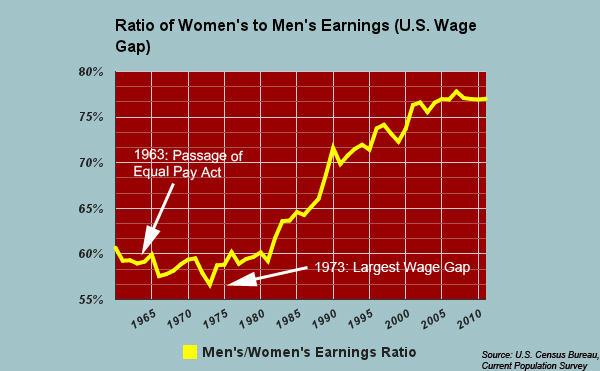Today -- April 4 -- is "Equal Pay Day." It marks the number of days into 2017 (plus all of 2016) that an average American woman would need to work in order to make the same amount that an average man made in 2016.
Although the the gender wage gap has narrowed significantly in the last 50 years, it remains stubbornly high. Nationwide, women are still paid, on average, about 80 cents for every dollar a man makes, according to the National Women's Law Center's analysis of American Community Survey wage data. That gap varies widely by region, and it grows significantly wider for women of color.
Women make up about half the U.S. workforce. They're the main breadwinners in roughly 40 percent of households and have eclipsed men in the number of college and graduate degrees earned, according to NWLC.
Yet, on average, women earn less than men in almost every occupation for which there is sufficient wage data. The median wage for full-time male workers in 2014 was $50,383, as compared to $39,621 for women, based on NWLC's analysis.
By state
Click on each state in the map below to see what a woman, on average, made for every dollar made by a man in 2014 (the ratio of female to male median earnings for full-time, year-round workers), and the difference that makes annual and over the course of a 40-year career. The map uses 2014 data from the American Community Survey, as collected and analyzed by the National Women's Law Center, an advocacy group (download the data here).

